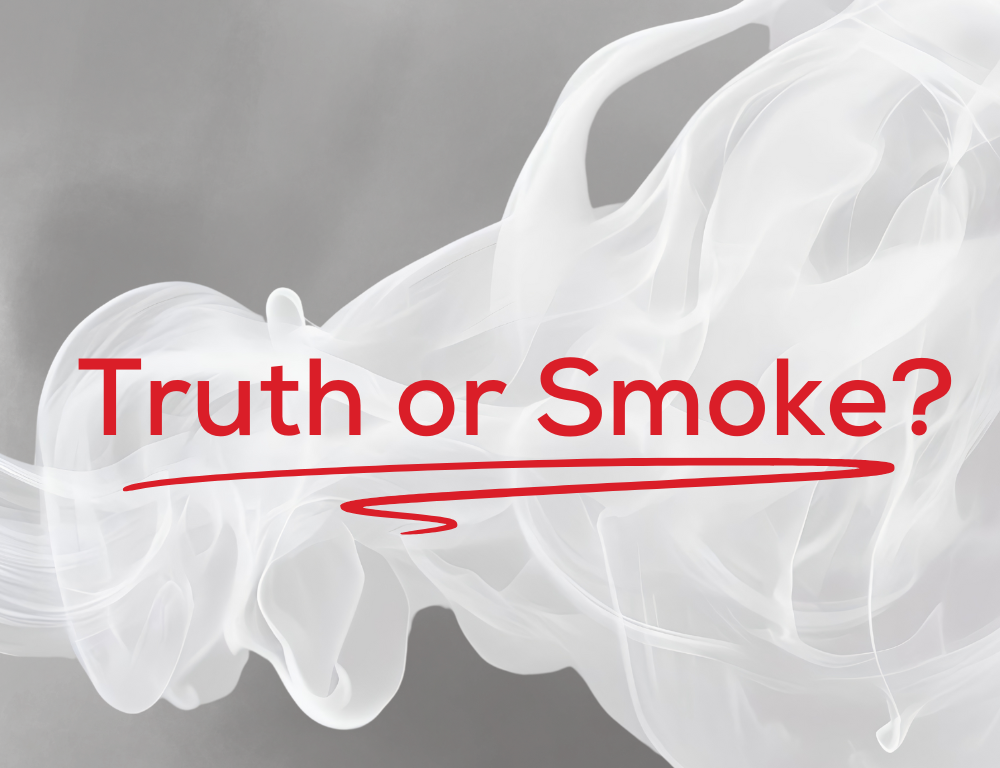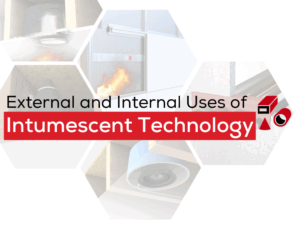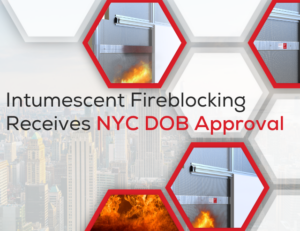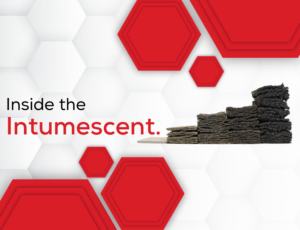Uncover some of the most common misconceptions surrounding the rapidly adopted practice of passive fire protection.
The Progression of Building Code Adoptions and Enforcement of Passive Fire Protection
Known for its rapid development and expansion, the landscape of construction is consistently introducing new applications and practices to the modern world. Currently, one of the popular conservations in this industry is the specification and implementation of various passive fire protection systems. With its rapid adoption, there have been some distortion around the practice of passive fire protection – ranging from the practice itself to its associated solutions.
With the lack of clarity about the practice of passive fire protection, a range of negative issues have arisen. From the inability to meet stringent lead times, gaining additional costs in both materials and labor, and jeopardizing the safety of our communities, the lack of correct procedures for passive fire protection has a high potential to be disastrous. To avoid these undesirable outcomes, Tenmat is ready to bust some of the most common myths of passive fire protection. So, let’s bring some clarification into the construction landscape.
Myth #1: If your solution has been fire-tested and -certified for two hours, this solution can be specified into a one-hour fire rated assembly.
False. This common misconception that a two-hour fire rated solution can be implemented into a one-hour fire rated assembly is one of the most confusing. So, why can’t a two-hour fire rated solution be used in a one-hour fire rated application? Well, it can be – BUT the solution needs to be tested and certified in both a one-hour AND two-hour fire rated assembly. When a solution is tested in a two-hour fire test, the solution relies on the composition of the two-hour assembly to provide resistance to the fire outbreak – meaning the solution and assembly cohesively work together to prevent the spread of a fire. Therefore, in the instance, you place a two-hour rated solution (without additional testing) into a one-hour fire rated assembly, there is a chance that the solution and assembly will not work cohesively together – increasing the chances of a failed passive fire protection system.
Myth #2: Given that a solution is composed of a known fire-resistant material, the entire solution automatically holds a fire-resistance rating.
Incorrect. Every fire-rated solution needs to undergo proper testing and certification from a third-party testing laboratory, such as UL and Intertek. Regardless of the solution being composed of noncombustible elements, such as metal, it does not mean that the solution will meet the requirements of the fire-resistance rated assembly. When a fire-resistance rating is granted, it does not only measure the individual components – but the overall performance of the entire assembly during an active fire outbreak.
Adding on to our previous point, fire-resistant assemblies are specifically tested in their ability to contain a fire outbreak while maintaining its structural integrity throughout this period. Therefore, ALL of the components within the system need to meet the performance standards – not just one of the components. Even if only one of the components don’t meet the fire testing standards – it has the ability to compromise the whole assembly. Interested in seeing if your fire-rated solution has been properly tested and certified? Check out its listing at Underwriter Laboratories or Intertek.
Myth #3: On the condition that you specified an active fire protection system in your redevelopment or new construction project, you do not need any additional fire protection systems.
Inaccurate. Previously discussed in our blog, Defining Fire Protection: Understanding the Importance of the Three Pillars, all three pillars of fire protection need to be present when specifying fire protection in construction projects. Whether it is the element of detection, control, or containment, each pillar is needed to fulfill the shortcomings of the other two pillars. With this system, it permits any errors arising if one portion of the system fails – allowing for true peace of mind.
Therefore, it is critical that your redevelopment or new construction job specifies the proper level of detection, passive fire protection and active fire protection. If you are interested in learning more about the three pillars, please read our previous blog here.
Myth #4: Passive fire protection systems are implemented in only Type V-A wood-frame structures.
Untrue. Passive fire protection can be found in a multitude of different building construction types and practices, such concrete K12 structures, high-rise steel infrastructures, Type V-A multifamily complexes, and so much more. Therefore, it is safe to assume that a vast majority of building types require a certain level of passive fire protection. However, it is important to note that each passive fire protection solution/material is exclusively designed for a particular assembly. For example, a passive fire protection solution that has been designed to reinforce the integrity of a drywall ceiling in a Type V-A multifamily infrastructure might not fit the criteria for a through-penetration opening in a steel high-rise building, unless it is also tested for this application. Furthermore, it is necessary to review your solution’s testing and design standards to ensure it is applicable for your desired construction type.
To help guide construction professionals on the correct pathway of selecting the appropriate passive fire protection systems, Tenmat has created various resource pages for some of the leading construction sectors. To access these resources, please visit here.
Myth #5: In the case, my fire-rated solution has accredited laboratory testing and certifications, it can be implemented into any application, regardless of the building structure or composition.
The previous statement is incorrect. In order for your fire-tested solution to meet the performance requirements of the designated fire-resistant assembly, it needs to have proper testing and certification for that particular assembly. For example, you wouldn’t have a painter working on the plumbing in your house. Therefore, to avoid this issue during construction, it is vital that you ensure your fire-rated product has been properly tested and certified in accordance with your desired assembly. For your convenience, you can review this information at either Underwriter Laboratories or Intertek.
All of Tenmat’s Fire-Rated Products and Materials Approved Assemblies can easily be located on each product page. If you are unable to locate these certifications, please feel free to contact us at +1-800-821-3436 or email us at info@tenmatusa.com.
Fire Protection Myths Busted – Here’s What It Means for You.
In this article, we have seen how complex the world of passive fire protection is, with various myths and misconceptions floating around that can easily be misinterpreted. As we debunked these misinterpretations, it is imperative that relaying on assumptions about fire-resistance ratings or overlooking the functionality of a passive fire protection system can lead to serious consequences, from increase construction costs to compromised life safety. However, we were able to clarify some of the most prevalent myths surrounding passive fire protection, and illustrate on why accurate testing, certification, and specifications are critical to protecting our present and future communities.
Understanding the demand for comprehensive fire protection is essential – not only do active systems, such as fire alarms and sprinklers play a role, but passive fire protection systems are just as vital in the containment and control of a fire outbreak. By shedding some light on these misconceptions, we hope construction experts are able to provide our communities with a full-proof fire protection system in our developing communities. For additional resources or questions, please feel free to contact our team at +1-800-821-3436 or email us at info@tenmatusa.com.





